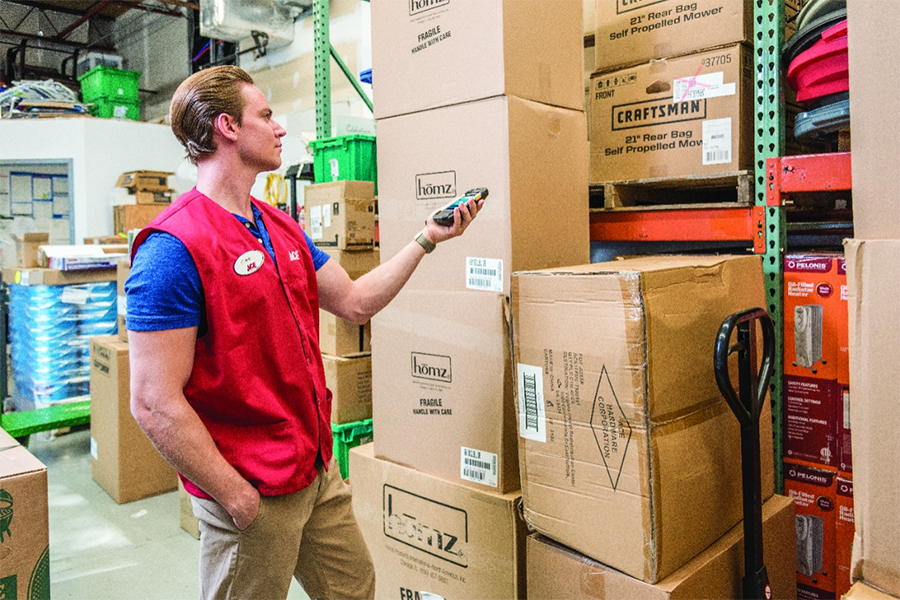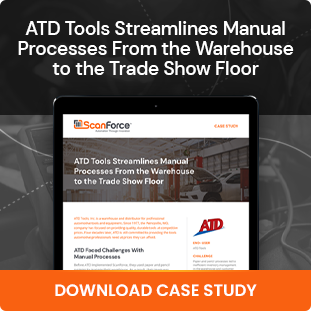In a previous post, we provided Tips for Creating a Warehouse Numbering Scheme. Those tips focused on best practices for creating a warehouse location numbering system. We also get a lot of questions about warehouse layout in general. We’ve seen it all when it comes to the way warehouses are laid out, so we thought we’d take a few more moments on the topic to share some more tips on warehouse locations in general.
Plan for special use locations, such as “Receiving”, “Shipping”, “Floor”, etc., and keep these areas separate.
Receiving is arguably the most critical function in the warehouse, and one mistake here generally translates into multiple errors before they get corrected. When you force your team to work in cramped quarters, mistakes will occur.
Shipping should also be given adequate space. Here is where you build pallets for common carrier shipments. You prepare small packages for UPS or FedEx. If you use your own vehicles to deliver product, you need to have staging areas for each delivery run. If you combine the shipping area and receiving area, you are asking for confusion. Confusion leads to costly errors.
Pro Tip: A well-lit warehouse will also improve productivity and minimize potential for errors.
Make smart pick paths.
When considering the direction you want your pickers to move down the aisle, we generally recommend the pick path to start at the furthest point from your shipping area. When designing your path, it is helpful to sketch it out on paper ahead of time. The idea is for the pickers to make one pass through the facility in the most efficient way possible.
Print location numbers on label stock, and adhere them to the various locations (aisles, racks, shelves, etc.) to make them easy to identify.
You can print them yourself, or you can use a company that specializes in location labeling solutions. Attach the location labels to magnetic strips so that they can be moved around as needed.
Freezer and cooler environments will require a different kind of adhesive and paper stock than labels used in an ambient warehouse.
Pro Tip: We recommend using yellow labels instead of regular white stock labels. Black characters on yellow paper read more clearly in medium light areas. Also the yellow will distinguish the location labels from regular item labels.
A few simple, yet strategic decisions in your warehouse layout can have a huge impact on the efficiency and accuracy of your operations. If you need further assistance with warehouse planning, please contact us!




